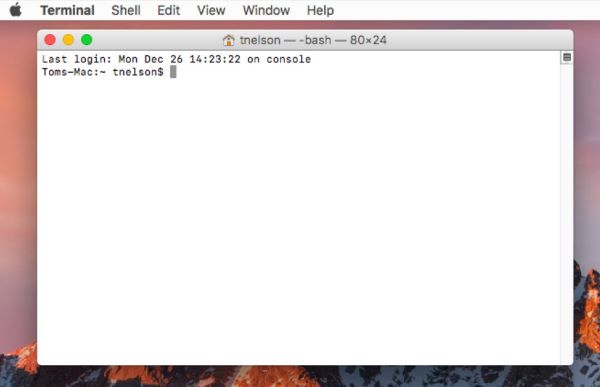

- #Linux unzip mac os zip file how to
- #Linux unzip mac os zip file install
- #Linux unzip mac os zip file archive
To view more detailed information about the file such as file permissions and the total size of the files in the archive, use the -Z option as shown: $ unzip -Z data.zipĮxample 3) How to unzip/decompress a zipped file (-d)

Let’s take a look at a few example usages of the command: Example 1) How to view the contents of a zipped file (-l)īefore you are unzipping a file or directory, you can view the archive’s contents using the -l option as shown:Įxample 2) How to view detailed contents of a zipped file (-Z) The command is used to unzip or decompress zipped files and directories.

Let’s now shift gears and focus on unzip command. If, for whatever reason, you want to compress files and directories in the current directory into their individual zip archives, use the for loop as shown: $ for i in * do zip -r "$.zip" "$i" doneįor example, the example below compresses the file hello.txt and folder sales into their own archives hello.zip and sales.zip respectively. $ zip /path/to/destination/archive.zip fileįor example, the file hello.txt is archived to file.zip file in the Documents/data/sales path.Įxample 9) Zip both files and directories into their own archives
#Linux unzip mac os zip file archive
To zip a file to a different destination other than the current directory simply specify the path to the zipped archive in your syntax as shown: $ zip -r archive.zip folder1 folder2 folder3Įxample 8) Zip a file to a different destination The -r option zipped the folder recursively.įor example, to zip a directory data to an archive data.zip, execute: $ zip -r data.zip dataĪs with files, you can also zip several folders concurrently as shown: Often, you will be tasked with zipping directories since they take up more space for the most time. If you prefer you get rid of them during archival and conserve space, invoke the -m option during archival as shown: $ zip -m reports.zip reports1.txt reports2.txt reports3.txt For instance, to remove reports4.txt from the zipped file, run: $ zip -d reports.zip reports4.txt Example 6) Delete files after zipping (-m)Īs you may have noted, the original files remain even after zipping or archiving them. To remove a file from an archive, invoke the -d flag. $ zip home.zip *Įxample 5) Delete a file from an archive (-d) Be sure that you are working in the home directory. If you have multiple files in your current directory, you can zip all of them at a go using the wildcard symbol as shown in the syntax below:įor example, to compress all files in the home directory to home.zip archive, execute the command below. To view contents of a zipped file, use the command as shown: $ zipinfo archive.zipĮxample 4) Zipping all the files in the current directory (* ) For example, to add another file reports4.txt, run: $ zip -u reports.zip report4.txtĮxample 3) View contents of a zipped file To zip them into the archive reports.zip, run the command: $ zip reports.zip reports1.txt reports2.txt reports3.txtĮxample 2) Adding a file to a zip archive (-u)Īt times, you may find the need to add a file to a zip archive. The command for this operation will be: $ zip reports.zip reports1.txtĪdditionally, you can zip multiple files at a go into an archive as shown:Īgain, let’s assume that we have 3 text files reports1.txt, reports2.txt and reports3.txt. Let’s assume you have a text file – reports1.txt – in your current directory and you want to zip it into an archive called reports.zip. When you unzip or extract a file, the user owns the file/directory.Įxample 1) Zipping a single file and multiple files with zip command.You need to have write permissions on the file you are zipping and the directory location before zipping a file.The syntax is quite straightforward:Ī few points to take into consideration before you proceed: Let’s dive in and see how to zip and unzip files and directories in Linux with zip and unzip command with examples.
#Linux unzip mac os zip file install
Open the terminal and execute the beneath command, $ sudo yum install -y zip unzip $ sudo apt-get install -y zip unzip Install zip & unzip command on CentOS / RHEL / Fedora


 0 kommentar(er)
0 kommentar(er)
